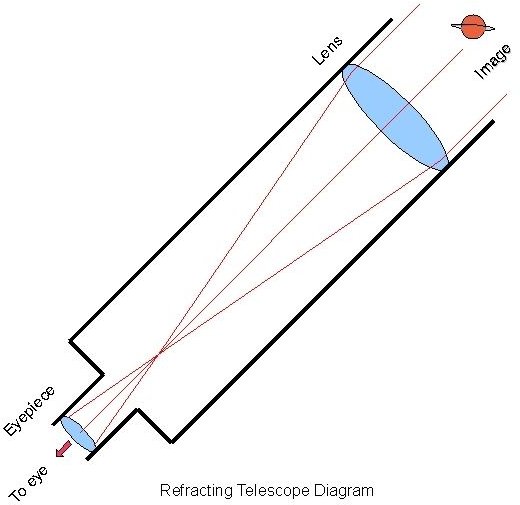The atmosphere has terrible effects on our imaging
capabilities. When we point our telescopes to the stars, it is often easy to
forget that we are looking through the deep collection of gasses that composes
our atmosphere. These gasses can distort our images, and even disrupt the
accuracy of our data collection.
On a windy night, we often see our images blurred. This
effect can also be observed when riding in an airplane, and the plane shakes
because of turbulence. Also, when we look at lower objects in the sky, images
are likely to be blurred. This is because we are looking through more of the
atmosphere, and the gas particles in the atmosphere have more of a chance to
disrupt the light on its way to our telescopes. There are many other causes of
this image blurring due to the atmosphere. We are able to fix these with a
relatively new imaging procedure known as adaptive optics.
Adaptive optics can take many forms. The most obvious way to
get around our atmosphere is to literally send telescopes into space, and out
of our atmosphere. Telescope such as Hubble, Kepler, and Chandra utilize this form
of adaptive optics, and have produced remarkably accurate data. However, this
is very expensive to do, and obviously is not feasible for every telescope.
This is why astronomers have invented ground-based forms of adaptive optics as
well.
 |
| The deformable mirror process |
One form of ground-based adaptive optics involves something
called a deformable mirror. This is exactly as it sounds – a mirror can
literally bend to correct for the wave distortions. A wavefront sensor linked with the telescope measures the
distortions of the waves because of the atmosphere, and morphs the deformable
mirror to account for this.
Another ground-based adaptive optics method involves
creating artificial stars. In this practice of using a “laser guide star,” or
LGS, an observatory sends a laser (typically of near-UV wavelengths). The
telescope then detects this simulated star in the atmosphere and measures how
it is scattered by the atmosphere. Computers are then able to calibrate images
of target stars accordingly. This allows for extreme accuracy.
 |
| LGS in action |
Adaptive optics allows us to collect sharper images, clearer
data, and more accurate results. With practices like this, modern astronomy has
promise for advancing at an alarming rate.


















.jpg)

